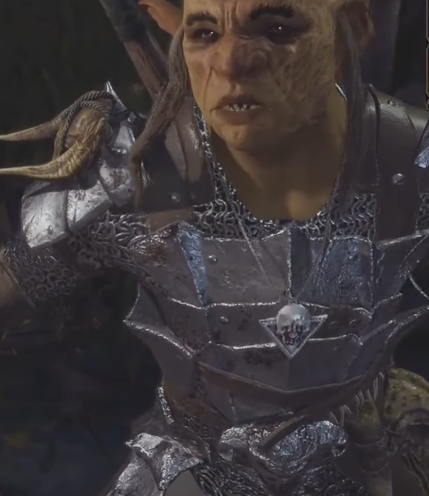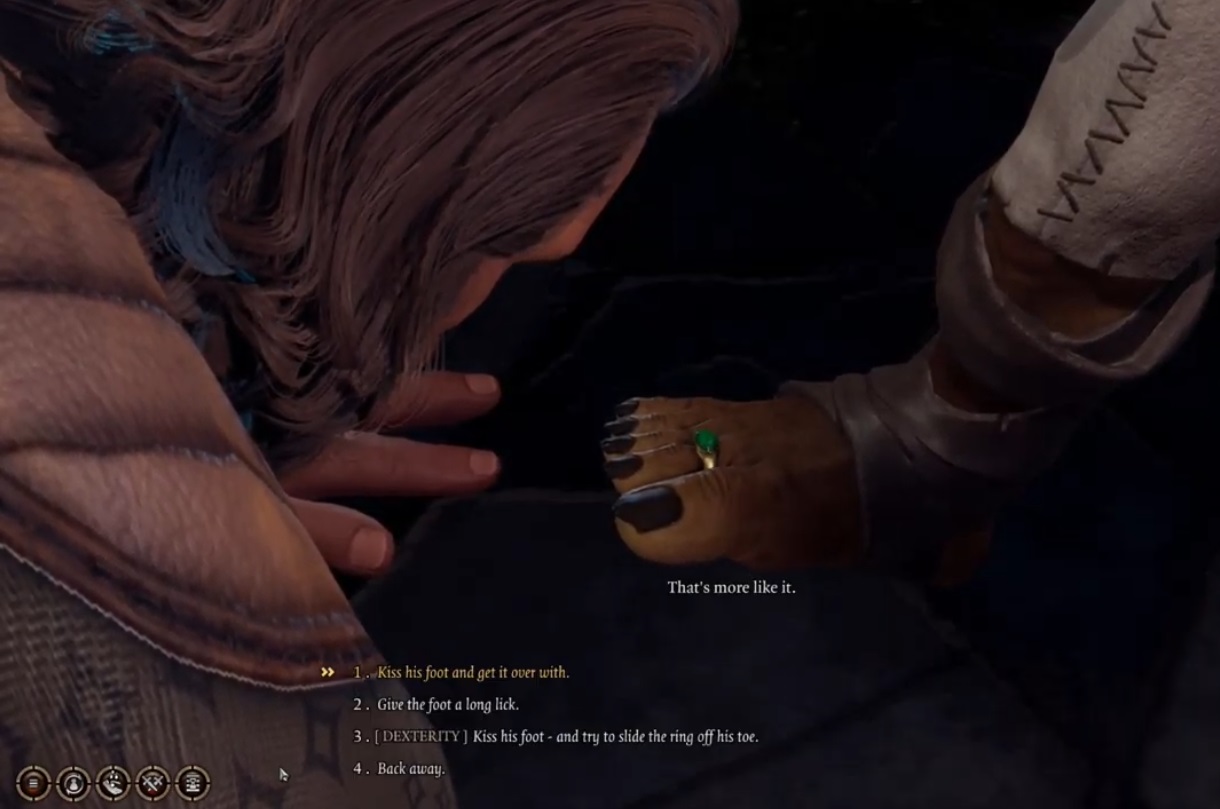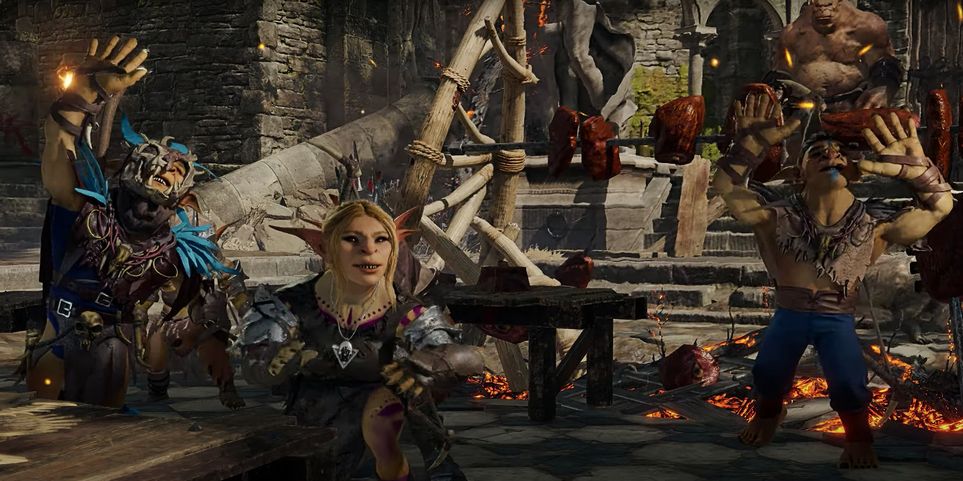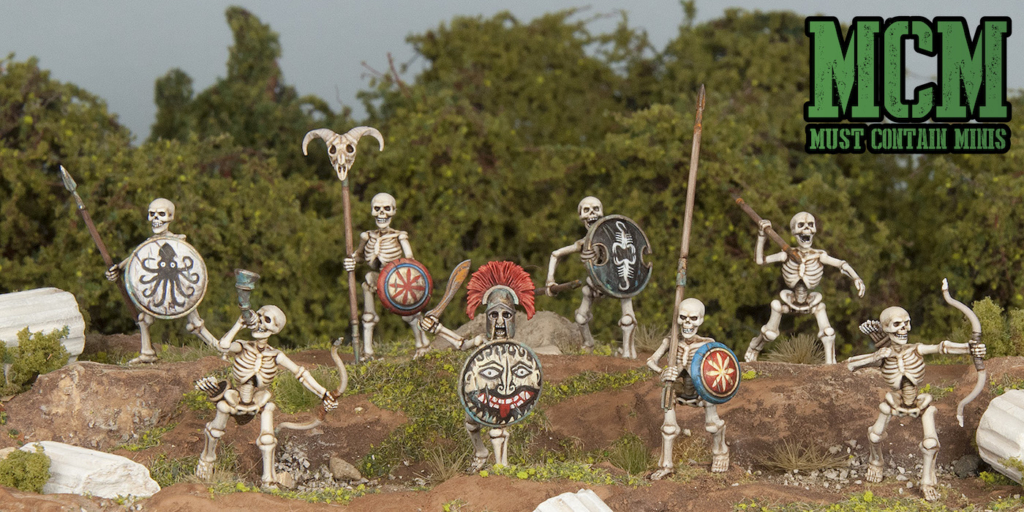D&D: What Baldur’s Gate 3’s Goblin Camp Teaches Us
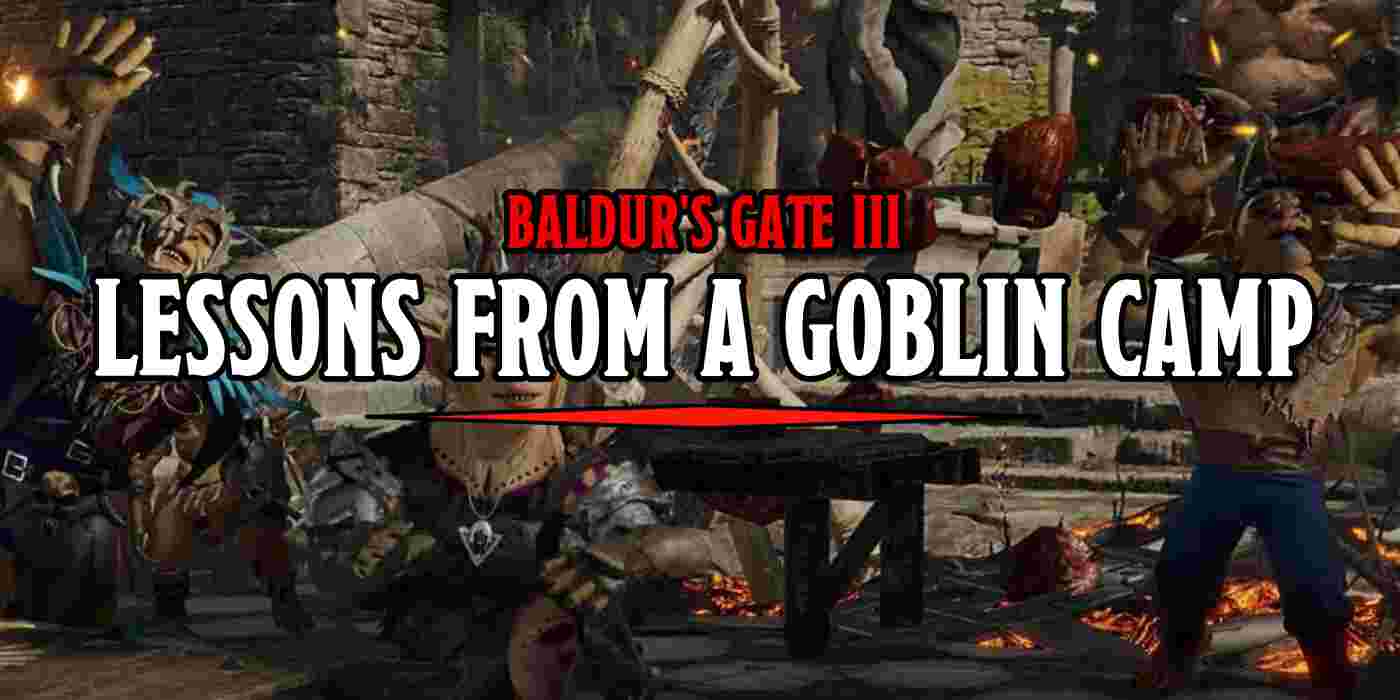
The goblin camp in Baldur’s Gate 3 is an area that has a lot to teach, from creative tactics to the power of friendship, here’s what we learned.
Baldur’s Gate 3 is a great teaching tool for D&D because the game is built to encourage creativity. And since you can only play through the first act right now, players are kind of softly directed to play a little more with the environment. If you can’t get enough of that isometric action, you’ll find the game opens up and offers a lot more depth–depth that translates incredibly well to your tabletop sessions of D&D.
And nowhere has more to say than the Goblin Camp. Here’s what the goblin camp in Baldur’s Gate 3 teaches us.
Sooner or later you’ll come across a camp full of goblins in Baldur’s Gate 3. When you roll up, you’ll find that you can pretty much do whatever you want. This is the first place players and DMs should sit up and take note. There’s no “right” answer for dealing with this camp full of goblins. There are multiple choices to make, like fighting the goblins, lying to them, blending in, sneaking past–and whatever you pick there are many methods available to you to try.
When you come across the camp, you might stumble in and start throwing around intimidation and persuasion checks to see how far that gets you. Like most players in D&D when confronted with goblins, the desire to talk to them and understand what makes them work, increases. And you’ll find plenty of rewarding things to talk about with these goblins.
Just be careful you don’t end up with a mouthful of goblin foot on the way. But that’s a good example of how to handle a conversation with potential enemies. You don’t have to fight. Even a failed intimidation check doesn’t mean that you have to go right into fighting, it just means that the party of adventurers has their interaction flavored differently. This is a great example of “failing forward.”
But before you even get there, the goblin camp has lessons for us. You can see it coming. You know right away when you’re coming up on the camp full of goblins–and in BG3, you have plenty of tools to scout it out. You can sneak in using stealth, you can get potions of invisibility or cast the spell yourself if you’re high enough level. Sneaking around you’ll be able to see where the goblins are, and what they’re doing.
The thing is in most tabletop games, stealth is only ever used to get you into position or to sneak past an encounter. Baldur’s Gate 3 has a different option. You can poison the goblins, if you can find their booze tub. This lets you join the celebration with the goblins and you might have to pass a check or two, but you can deal with the goblins without ever drawing your blade if you do it right.
Which brings us to the next lesson. Always have interesting things to do, besides just fighting. Sure the rules in D&D 5E are geared towards fighting, but the game is so much more than the rules in the player’s handbook. It’s the story you’re telling collectively. DMs should reward players for using their skills creatively, and players should be looking for ways to solve their problems beyond just brute force. Get the fortress guards drunk beforehand and it’s easier to sneak in that night.
The trick is to know what you’re in for ahead of time, and sometimes that means taking the time to look before you leap.
Anyway, this is just a fraction of what you can do in D&D, so why not take advantage of the fact that you’re not limited by what some programmers decided you could do, and try anything the next time you’re playing.
Happy Adventuring!

